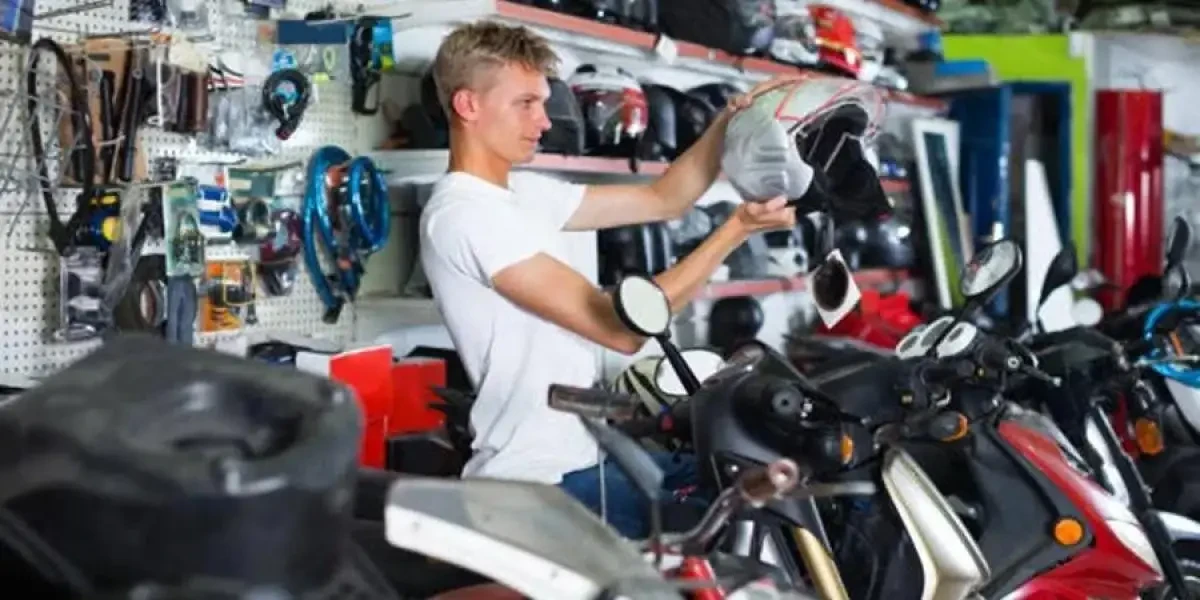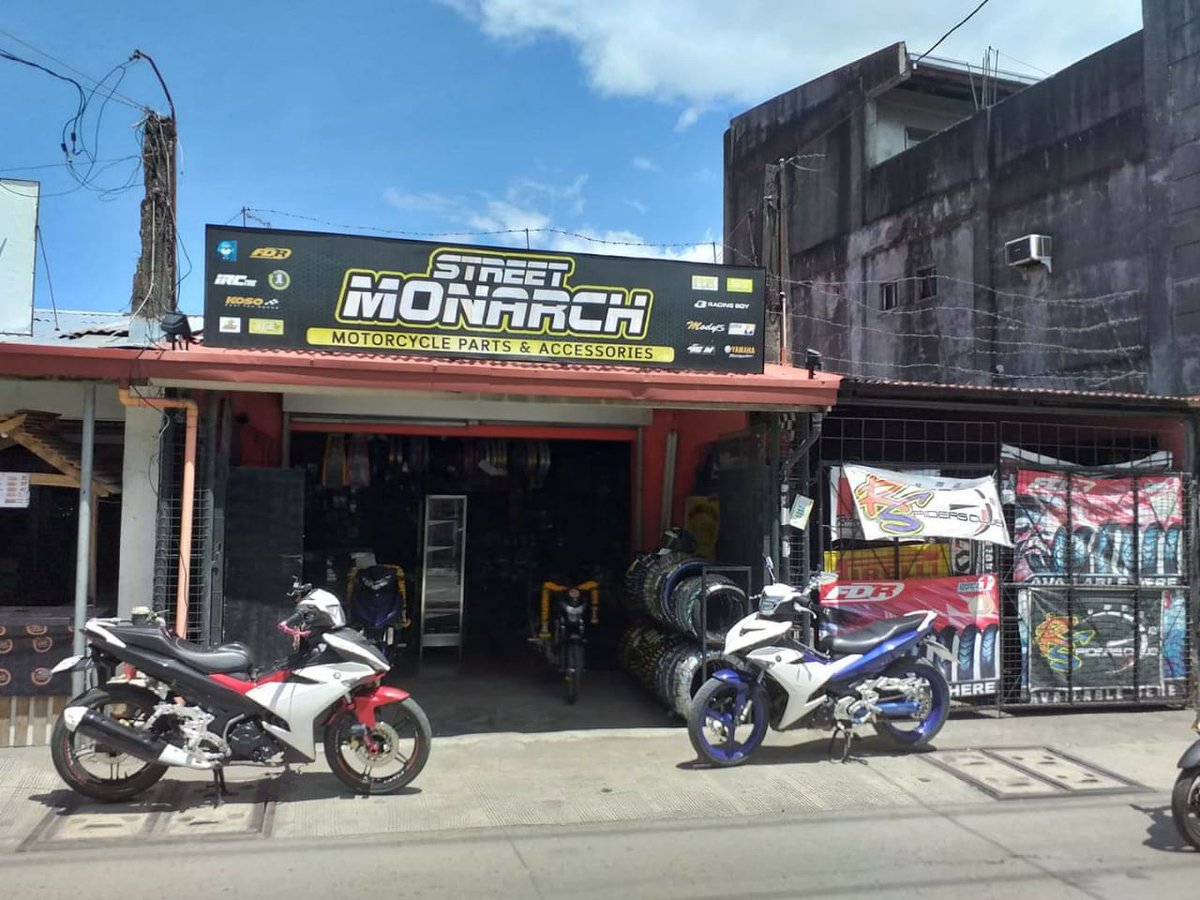Comprehending the Essential Components of a Motorbike: A Comprehensive Guide for Fanatics
For bike enthusiasts seeking to elevate their riding experience and ensure their bikes run smoothly, comprehending the vital parts of a bike is critical. Each aspect, from the engine's intricate operations to the vital role of the braking mechanisms, not only influences efficiency however additionally security and comfort. This overview will certainly go through the essential parts that every biker ought to be acquainted with, allowing informed options in both upkeep and prospective upgrades. As we start this exploration, one must ask: exactly how does each component engage to develop the smooth trip every lover seeks?
Engine Components

The camshaft plays a vital role in managing the timing of the engine's valves, guaranteeing the accurate opening and closing required for efficient gas and air consumption, as well as exhaust expulsion. This timing is crucial to keeping ideal engine performance and effectiveness. In addition, the carburetor or fuel injection system, depending on the motorbike model, is accountable for mixing air with fuel in the appropriate ratio for combustion.
The air conditioning system, either air or liquid-based, works to keep the engine's temperature level within operational limitations, protecting against overheating and making certain durability - motorbike shop. Each element, meticulously created and integrated, contributes to the seamless procedure of the engine, specifying the motorbike's power outcome and overall efficiency
Transmission System
Indispensable to the motorcycle's functionality, the transmission system makes certain effective power transfer from the engine to the wheels. This system comprises numerous critical components, including the clutch, transmission, and final drive, each playing a vital function in equating the engine's power right into motion. The clutch, commonly run by a hand lever, serves to engage and disengage the engine from the transmission, permitting for smooth gear changes and regulated acceleration.
The gearbox, usually described as the transmission proper, includes a collection of gears that cyclists can by hand move with to readjust the bike's rate and torque result. These gears are set up in a series that enables the motorbike to increase efficiently and preserve optimal engine performance across different speeds. Most motorbikes use a sequential gearbox, calling for the biker to shift equipments in an established order.
Braking Mechanisms
While understanding the transmission system is key to using a motorcycle's power, just as important is the capability to control and quit that power successfully, which is where stopping devices enter play. Brakes are essential for safety and security and performance, supplying the motorcyclist with the needed control to navigate different surfaces and conditions. Typically, motorcycles feature two types of stopping systems: disc brakes and drum brakes.
Disc brakes are much more widespread in modern-day bikes due to their exceptional efficiency. They contain a brake disc, caliper, and pads. When turned on, the caliper squeezes the brake pads versus the rotating disc, converting kinetic power right into heat, motocross gear nz consequently slowing down the wheel. This system offers better warmth dissipation, consistent performance, and enhanced quiting power, specifically in wet problems.
Conversely, drum brakes, though much less common, are still located in some bikes. They work by pressing brake shoes against the internal surface area of a drum attached to the wheel. While normally less effective in warmth dissipation and stopping power, drum brakes are simpler and much more cost-efficient.
Comprehending these stopping systems' subtleties enables riders to preserve their motorcycles correctly and appreciate the design that makes sure secure and effective stopping.
Suspension and Guiding
Suspension and steering systems are vital parts that substantially affect a bike's handling and trip comfort. The suspension system, containing forks at the front and shock absorbers at the rear, absorbs road irregularities, enhancing security and control. Front forks, generally telescopic or inverted, compress and rebound to minimize influences, while back shock absorbers keep tire call with the roadway, critical for traction and safety.
Guiding, centered around the handlebars, connects the biker to the motorbike's directional control. The steering head bearings guarantee smooth procedure, enabling precise maneuverability. Correct alignment and maintenance of these bearings are crucial for foreseeable guiding reaction and decreasing motorcyclist tiredness.
The suspension's adjustability is one more critical element; preload, damping, and rebound settings permit personalization to match different riding styles and problems. This versatility is crucial for optimizing efficiency, whether browsing metropolitan roads or tackling rugged tracks. Developments like electronic shock absorber offer real-time modifications, improving trip high quality across diverse surfaces.

Electrical Solutions
After making sure a smooth and regulated adventure via reliable suspension and steering systems, attention transforms to the electrical systems, a crucial element of contemporary motorbikes. These systems play a vital function not just in starting the engine however also in powering various parts that boost the capability and safety and security of the motorbike.
At the heart of a motorcycle's electric system is the battery, which stores electric power essential for beginning the engine and powering supporting systems - motorbike shop. The alternator or generator, paired with the rectifier-regulator, ensures the battery remains billed while the motorbike functions, converting power into electric power and maintaining voltage levels
The ignition system, an additional essential element, is in charge of stiring up the air-fuel blend in the engine's cyndrical tubes. Modern motorcycles typically make use of an electronic ignition system, offering higher efficiency and reliability contrasted to typical systems.
Lighting systems, including fronts lights, tail lights, and indicators, are additionally vital, ensuring presence and safety for the cyclist. Added digital parts such as sensors, control devices, and displays add to sophisticated features like gas injection monitoring, anti-lock braking systems (ABS), and digital dashboards, even more enhancing the riding experience.
Verdict
An extensive comprehension of a motorbike's important parts, including the engine, transmission system, stopping systems, suspension, guiding, and electric systems, is vital for fanatics intending to enhance performance, safety and security, and convenience. Mastery of these components permits informed decisions concerning upkeep and upgrades, eventually enhancing the riding experience. By incorporating this knowledge, cyclists can ensure their motorcycles operate at peak performance and dependability, therefore making best use of both enjoyment and long life of their vehicles.
For motorbike lovers looking to raise their riding experience and ensure their bikes run smoothly, comprehending the necessary elements of a motorcycle is critical.Important to the motorcycle's functionality, the transmission system guarantees efficient power transfer from the engine to the wheels.While understanding the transmission system is vital to using a motorcycle's power, similarly vital is the capability to control and stop that power efficiently, which is where braking systems come into play. Generally, bikes include 2 types of stopping systems: disc brakes and drum brakes.
A comprehensive comprehension of a bike's essential elements, consisting of the engine, transmission system, braking devices, suspension, steering, and electric systems, is indispensable for lovers aiming to maximize performance, safety, and comfort.